A founder population of frogs is established in a pond. It grows rapidly in size until its members experience food shortages and frequent exposure to predators. After 20 generations, the frogs start surviving to reproductive age in larger numbers due to a mutation causing a harmless skin protein to become a potent toxin.
source

Grasshoppers
 source source
In a simple food chain, grass is consumed by grasshoppers, and grasshoppers are consumed by toads. Grasshoppers require energy to move their muscles to escape toads which consume them. A scientist places the grasshoppers that appear green under sunlight, under a bulb that emits only red wavelength light in a small environmental chamber. In order to study the respiration rate of grasshoppers the scientist constructs an airtight environmental chamber with constant temperature, and lights that turn on at 9PM, and turn off at 9AM. The scientist plants grass as a source of food and oxygen for his grasshoppers at the bottom of the chamber. He begins monitoring the oxygen level in the environmental chamber over a 24 hour period. Two grasshoppers of the same volume, and same body temperature (20 C) one very slim and long and the other relatively short and stout, were sitting on a hot rock (30 C).
|
BASS

source
LAKE
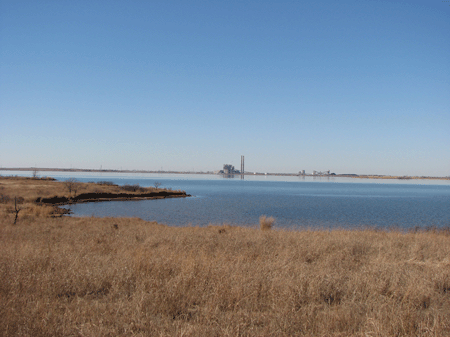
source
Sooner Lake is a cooling reservoir for an OG&E power plant about 30 miles from Stillwater. Sooner Lake in inhabited by a variety of bacteria, plants, and animals. One end of the lake is much warmer (32C) than the other end (26C). The bass population in Sooner Lake was established by the introduction of 10 pairs in 1960. Fisheries biologists note that bass in Sooner Lake are much darker than those from other lakes in the area. Genetic studies reveal that bass in Sooner Lake produce the protein melanin at much higher rates. This is caused by a mutation in the gene that codes for the 529 amino acid long tyrosinase protein. Bass from Sooner Lake are genetically different from other lake bass in the area. A researcher is interested in understanding the effect of temperature on fish density. She measures water temperature, and samples fish at both ends of the lake. Sooner Lake is inhabited by minnows (small prey fish) as well as bass (large predatory fish). Sooner Lake is contaminated with mercury (Hg). Hg accumulates in fat, and cannot be excreted by organisms. Photosynthetic algae form the base of the Sooner Lake food chain.
AMPHIPOD
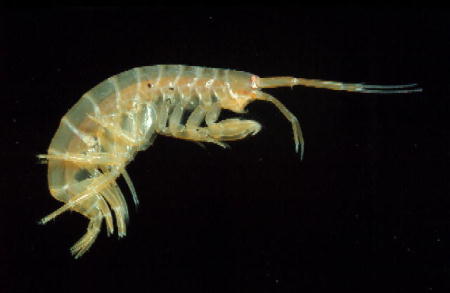
source
Amphipods, small shrimp-like crustaceans from the cooler end of Sooner Lake look different from amphipods from the warmer end. Male amphipods have enlarged appendages called gnathopods. Males without gnathopods are unable to grasp females properly for mating. Females prefer males with larger gnathopods.
Bass are known to excrete more concentrated urine compared to minnows. Urine of fish contains high amounts of nitrogen (N) compounds. Excessive use of fertilizer (nitrogen, phosphorus) has made Sooner Lake eutrophic. The algal blooms can contain harmful algae that produce potent neurotoxins, which can induce seizures in fish.
BLOOM
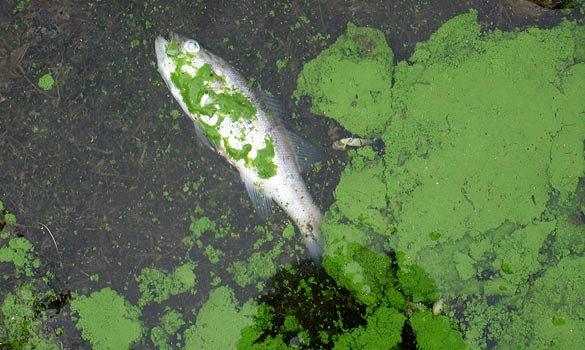
source
Fisheries biologists raised 10,000 catfish in artificial ponds where effectively conditions were unlimited. The birth rate for this population was 0.2 and the death rate is 0.1. A scientist observed that the birth rate of catfish was 0.03 and the death rate was 0.04 when the population of 10,000 was initially established in Sooner Lake. After 50 years the catfish population was well established in Sooner Lake and reached its carrying capacity of 100,000.
CATFISH FARM
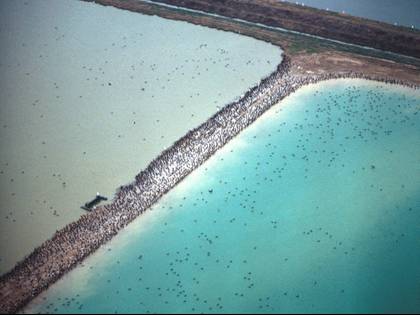
source
Life scientists now estimate that more than 50% of atmospheric oxygen was produced in the oceans by unicellular algae, the primary producers of the oceans and the start of most marine food chains. Many nutrients (nitrates & phosphates) initially brought up from ocean bottom deposits by currents are trapped and moved toward the surface by these algae. Thermoclines, which are regions within the ocean depths where the temperature changes most rapidly, then create layers that inhibit the exchange of water between the surface and deeper water.
Thermocline
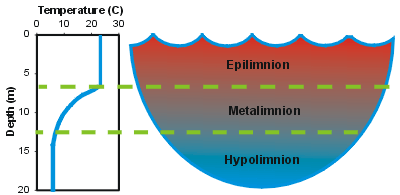
source
Many species of whale, a marine mammal, primarily consume enormous quantities of krill, a marine crustacean that feeds upon algae. If industrial pollution off-shore causes the non-biodegradable toxic heavy metal cadmium to be deposited among the nutrients on the ocean floor it could be absorbed within algae cells. At rest in arctic water, the internal temperatures of the flukes (large tails) of many whale species are much lower than the temperature of the whales' internal organs. A whale swims from its feeding grounds in the cold Arctic Ocean to an area close to Hawaii. However, careful measurement reveals that its oxygen consumption rates in both areas are nearly identical when the whale is at rest. A whale successfully resists infection after its first exposure to the bacterial pathogen Mycobacterium marinum.
WHALE
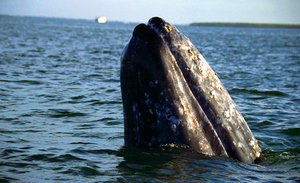
source
FLUKE
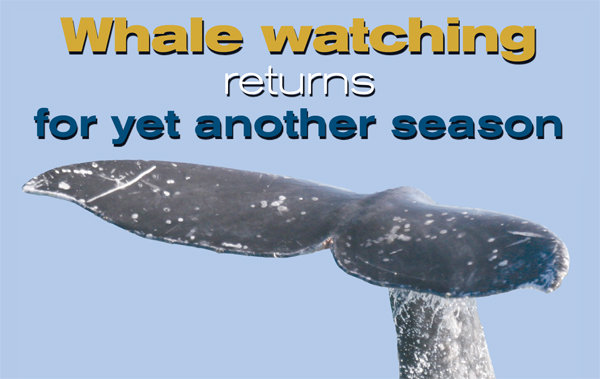
source
Several scientists are contracted by the Department of Environmental Quality to investigate reports of excess algal growth at several of the states' man-made lakes. The lakes are used for recreation (boating, fishing), flood control, energy production (electricity), drinking water, and waste water disposal for the increasing populations of the local communities. After reports of large algal blooms in some of the lakes, the scientists decide to investigate possible factors that could be contributing to and affected by the increased pressures placed on the lakes by the increasing human population growth. To determine whether the limiting factor in determining algal growth, the scientists add a nutrient to one pond and measured its affect. They obtained the following data:
|
NUTRIENTS (µg/l) | algal density (a/l) |
| 0 | 8 |
| 10 | 26 |
| 20 | 78 |
| 30 | 256 |
| 40 | 480 |
Grand Lake algae

source
Sculpin

source
In the mottled sculpin, a fish found in freshwater streams, the males guard the nests located under rocks. Mating occurs at night, when fish are unable to see. Females are attracted to the largest males and glue their eggs to the undersides of the rocks. Males then fertilize and remain alone guarding the eggs, with larger males being more effective. Counting egg masses allows scientists to determine how many females have mated with a single male. Males make three different sounds during courtship: knocks, head slaps, and drum rolls. Sound characteristics are correlated with male size.
Whale

source
Bay
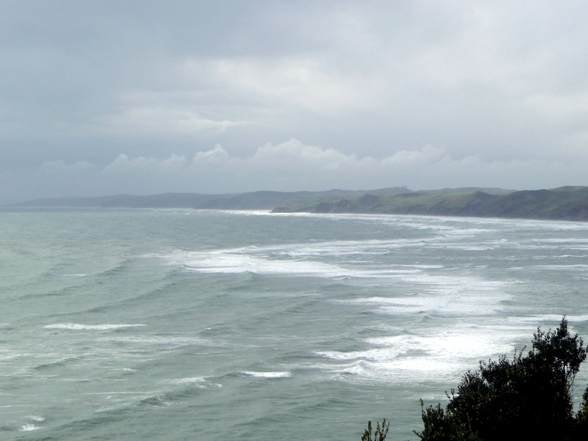
source
Let's imagine that in the future, disruptions to the earth's climate create warm water barriers that prevent whales from migrating freely along the transoceanic routes they have followed. At that time, whale researchers discover an isolated population of whales living in Zaftig Bay that are much heavier than any other members of the species found elsewhere. They find the whales' oxygen consumption lower, their appetite reduced, and their rate of swimming and duration of swim time reduced; but their leptin levels are very high. Other researchers find that the algae and krill populations in this isolated area are reduced and more variable from year to year than those in other areas inhabited by "normal" phenotypes of these whales. Despite the lower supply of food, average fitness for this whale population is equivalent to that of other populations living in equally cold water. Curious to determine whether these whales represent a new species, scientists transport whales from other populations into Zaftig Bay (technology is amazing in the future). The transported whales breed successfully with the Zaftig whales, producing normal size young in the first generation and about 25% over-weight whales when those young bred among themselves. However, the normal young and parents are not able to gather enough food to support their higher metabolic rates and become extinct within a few generations. Recalling reports of work on "O" and "D" mice done in the previous century, the whale researchers call on their geneticist associates to explain the differences among these whales.
|













